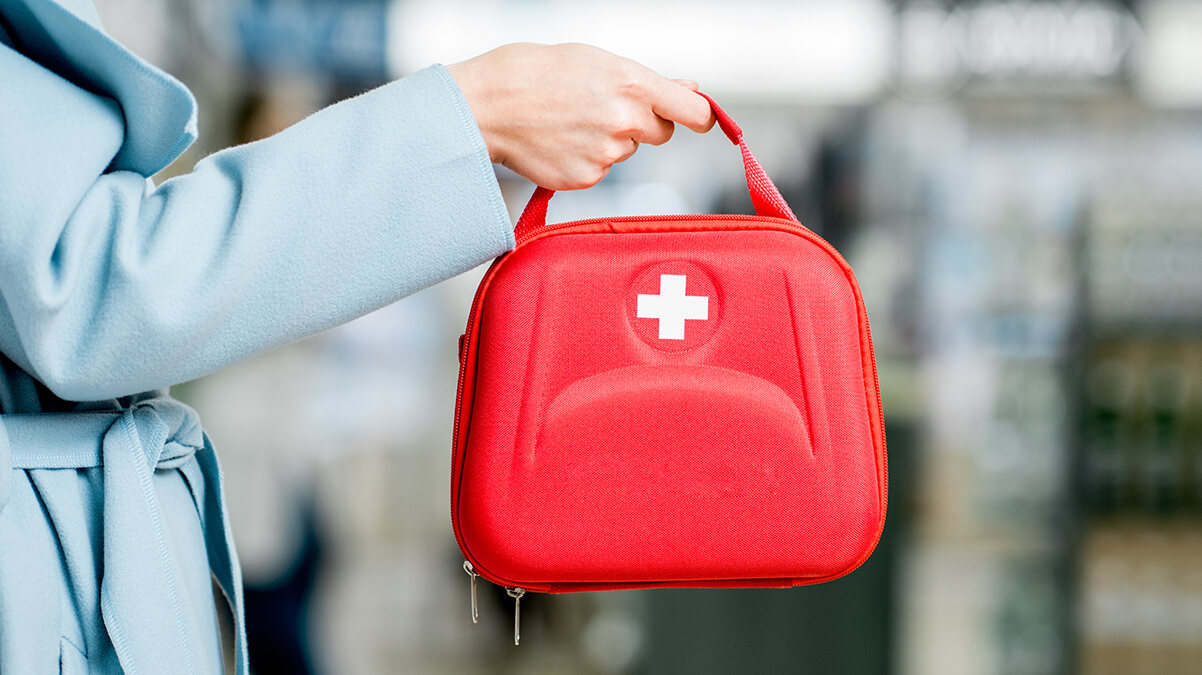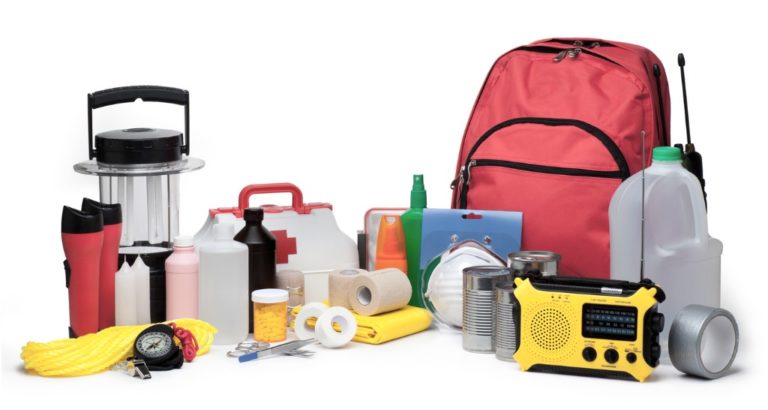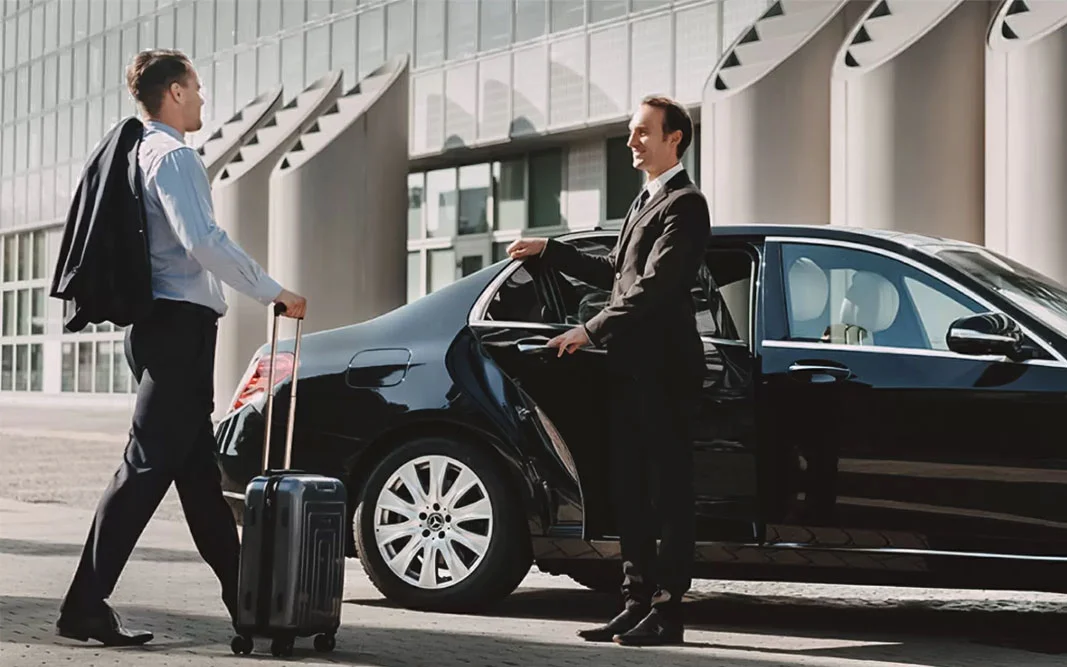
If you have diabetes, then you have to manage your blood sugar at all times. It’s always tough to leave your home and carry the basics when a disaster strikes.
For individuals with diabetes, a trip to the park or sitting in traffic can turn into a life-threatening emergency. That is why you have to prepare an easy-to-grab emergency kit to stay on top of your blood sugar management at all times.
If you are getting on a flight, keep the bag as part of your carry-on just in case the flight delays or your sugar fluctuates mid-flight.
Knowing what to put in the emergency kit is crucial in handling a diabetes emergency. Here are tips on the key things to store in a diabetes emergency kit.
Extra Medication
Set aside at least three days’ worth of extra medication. Stash some glucose tablets that you can take easily whenever your glucose levels drop.
For type 1 diabetes, you must pack your insulin. If you use insulin injection, remember to pack backup syringes.
If you have type 2 diabetes, you need insulin-boosting medication for your body to maintain a balanced sugar level.
You’re probably using other meds to regulate your glucose levels. They should go into the kit as well.
If you’re on natural treatments like cannabis, it’s best to avoid ferrying them across states for legal reasons.
Other highly therapeutic cannabis compounds are also known for their psychoactive properties. You should consider their legal status before putting them inside the kit, especially if you’re generally on the move.
Medical History and Emergency Contacts
Your medical history will come in handy whenever you are unable to help yourself.
You don’t need to put your entire medical file in the kit. If you can put together a simple list detailing your allergies, symptoms, and medications, that would be enough.
A copy of your ID and insurance number should also be part of the documentation, as these will come in handy in case you need urgent treatment.

You can include your emergency name and phone number in the list as well to make it easy for someone to reach your family. Besides your family, your emergency contact can also be your doctor.
Remember, your list of medical backgrounds may also come in handy if you’re traveling and need to see a new physician.
Diabetes ID Bracelet
The American Diabetic Association encourages wearing a medical ID bracelet at all times as the easiest way to warn others of your condition.
It’d be best to wear the bracelet, but if you aren’t, at least put it in your emergency kit for the time being.
Keep in mind that as a person with diabetes, you could end up in an emergency at any time. The bracelet helps first responders become aware of your condition at a glance.
Snacks
Snacking helps control your blood sugar on different occasions. In stressful situations like traffic jams, sacking on glucose treats can help maintain sugar balance. Snacks also help in managing the dawn phenomenon.
Personal preference and how your body reacts to certain snacks will determine which ones you get. We recommend getting low-fat, high fiber, and high protein snacks.
Non-perishables like whole-grain crackers, nuts, and dried fruit come in handy if you are going to places where such snacks are inaccessible.
Consult your dietitian if you plan to begin using snacks as part of your diabetes management strategy.
Water
Hydration is an important part of diabetes management as dehydration can trigger blood sugar fluctuations, which can be serious.
For travelers, regardless of whether places you visit have access to clean water or not, always have bottled water on standby.
If you anticipate constant movement, plan for a couple-hour water supply stops. The CDC recommends one gallon supply per person per day. While at home, you need at least three gallons. Do the math when traveling to know what you exactly need.
Summary
Diabetes demands that you focus on taking care of yourself and keeping your blood sugar balanced. Having the supplies you need in your emergency kit can make all the difference.
You see, there’s no telling when or where you may be in a bad position. It’d be best to maintain a level of preparedness. Remember, a prepacked kit gives you peace of mind regardless of whether you’d actually need it or not.












